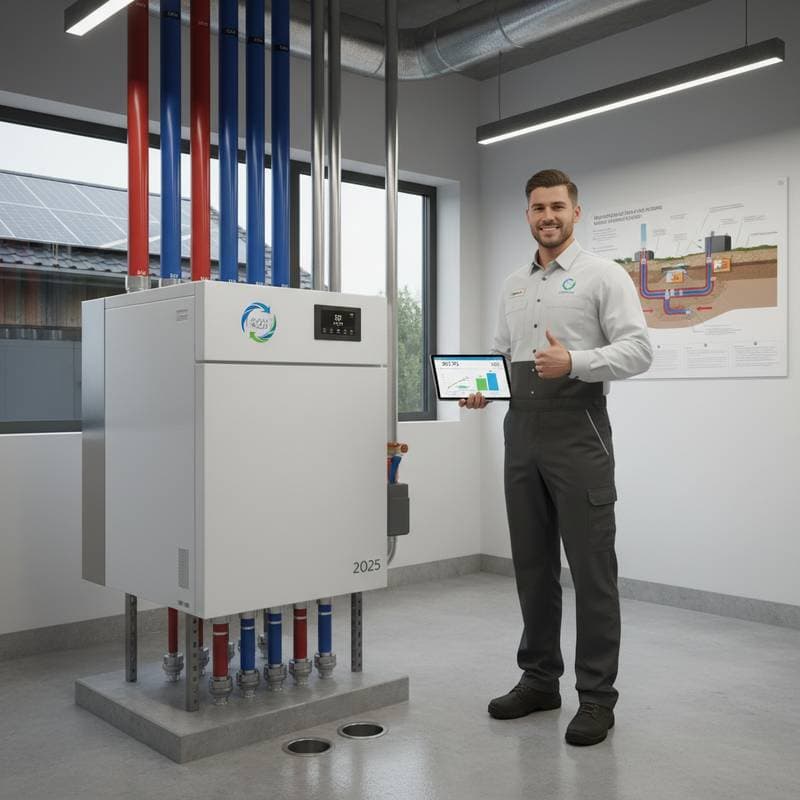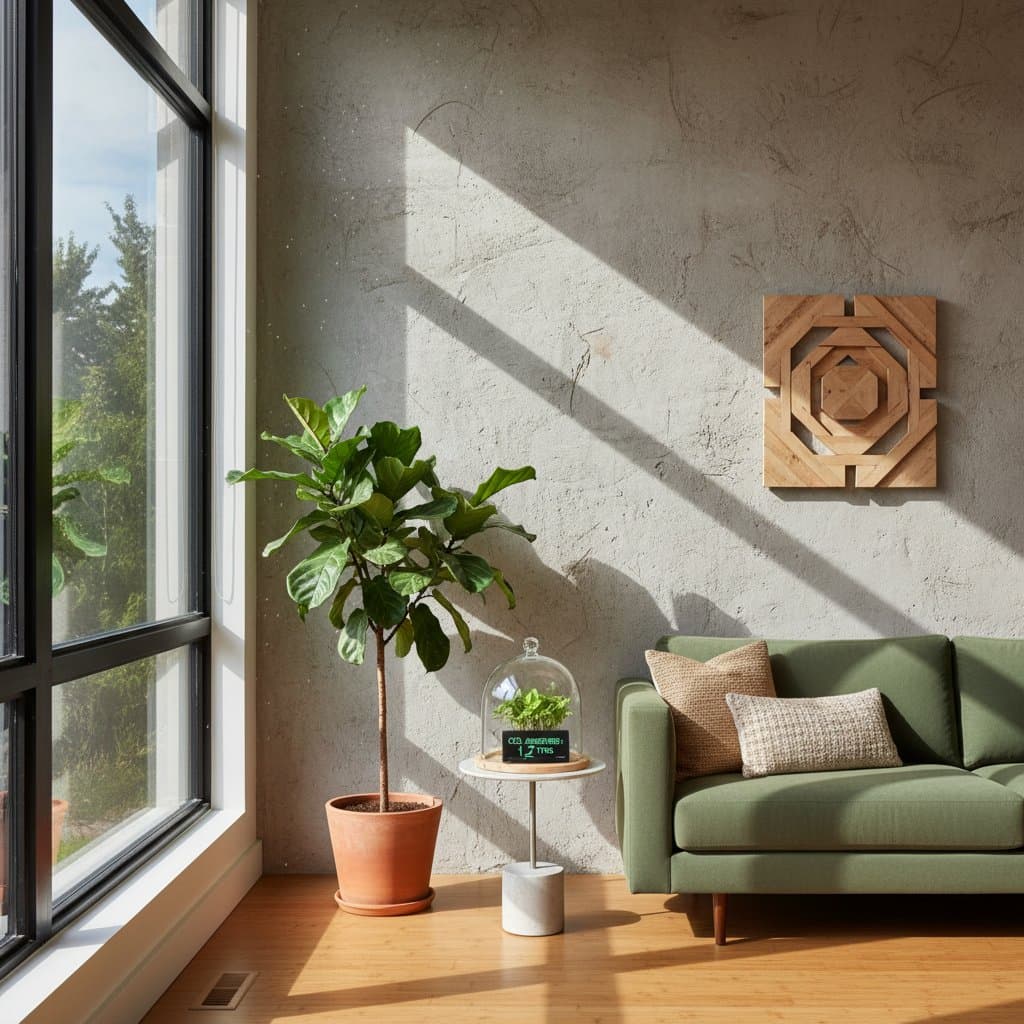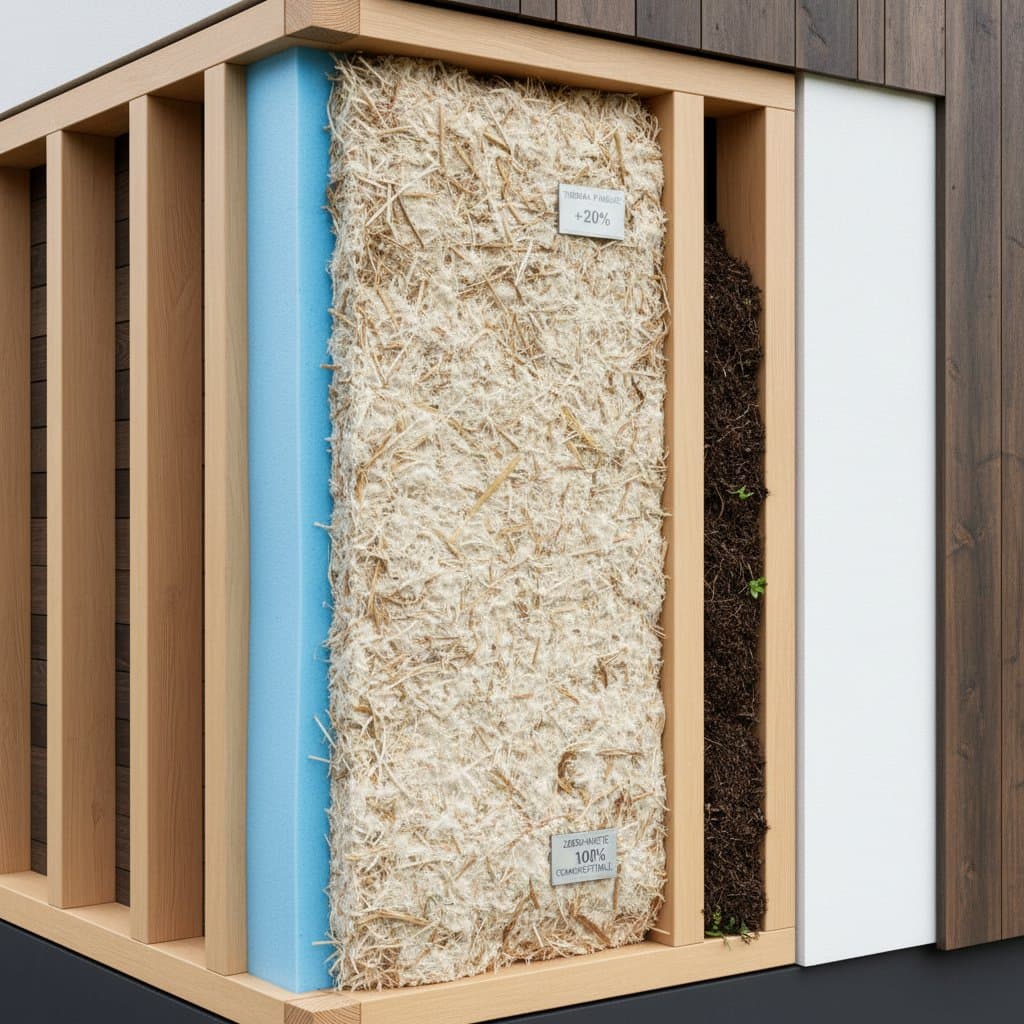Key Advantages of Mushroom Insulation
- Mycelium-based mushroom insulation emerges as a biodegradable substitute for synthetic materials in construction.
- It provides strong thermal insulation, effective moisture control, and inherent fire resistance, with complete compostability at the end of its service life.
- Initial expenses surpass those of standard insulation, yet enduring financial savings and ecological advantages appeal to environmentally aware homeowners.
- Optimal results require precise installation, vigilant moisture control, and procurement from reputable manufacturers.
- This biological material influences perspectives on building design, circular resource systems, and integrated living environments.
The Significance of Mushroom Insulation
Conventional insulation options such as fiberglass, mineral wool, and rigid foam boards have supported the building sector for many years. These materials deliver reliable insulation, yet they involve significant drawbacks. Production often depends on petroleum-derived components, consumes substantial energy, and complicates end-of-life disposal. Certain types release microplastics or volatile organic compounds throughout their duration.
Mushroom insulation reverses these issues. Manufacturers cultivate it from agricultural byproducts rather than operating energy-demanding industrial facilities. At the conclusion of its use, the material breaks down naturally instead of accumulating in landfills. Homeowners benefit from reduced exposure to toxins, decreased embodied carbon emissions, and an improved interior atmosphere. From a financial standpoint, enhanced energy performance elevates property worth and aligns with increasing preferences for environmentally certified residences.
In essence, this insulation contributes positively to the environment rather than depleting resources.
Analyzing Costs and Return on Investment
Practical considerations demand a focus on financial aspects. Mushroom insulation carries a higher price tag than established alternatives, largely because of constrained production volumes and bespoke fabrication methods.
- Material Expenses: Panels typically range from 6 to 10 dollars per square foot, varying by density and provider.
- Labor for Installation: Costs align with those for rigid board systems, approximately 1 to 2 dollars per square foot.
- Long-Term Advantages: Reduced energy input during production, along with compostability and recyclability, minimize disposal expenses.
- Savings on Energy: Improved insulation can decrease annual heating and cooling expenditures by 10 to 20 percent relative to substandard setups.
- Impact on Property Value: Eco-friendly attributes may increase resale prices by 3 to 7 percent, based on prevailing real estate patterns.
Upfront investments exceed conventional choices by 20 to 30 percent, but cumulative savings and ecological gains typically offset this within a few years. Pairing with solar power installations or additional efficiency measures accelerates the return on investment.
Core Sustainable Attributes and Performance Improvements
Mycelium insulation exceeds basic sustainability standards across its entire lifecycle, thereby reducing overall ecological demands.
-
Carbon Capture Mechanisms
Agricultural residues serve as substrates, retaining carbon originally sequestered by plants. The mycelium development process generates negligible extra emissions, resulting in a material with net negative carbon impact. -
Minimizing Waste Generation
Substrates such as straw or wood shavings represent byproducts destined for incineration or disposal. Repurposing them into insulation redirects waste flows and bolsters circular resource management. -
Enhancing Interior Air Quality
The composition avoids formaldehyde, synthetic flame retardants, and plastic additives, fostering superior indoor environments and reducing risks of allergic reactions. -
Longevity and Natural Defenses
After drying, mycelial expansion ceases, yielding a firm, non-reactive form that inherently deters mold growth and insect infestations. -
Compostable Disposal Options
Upon removal, the material integrates into composting processes or enriches soil directly, facilitating a regenerative cycle.
Integration with high-performance windows, sealed building envelopes, and low-emission heating solutions enables residences to approach net-zero energy standards.
Common Questions About Mushroom Insulation
What constitutes mycelium?
Mycelium forms the thread-like root system of fungi, thriving in soil or organic substrates. In production, it interconnects waste particles into a lightweight, robust composite, stabilized by heat treatment to halt further expansion.
How does it measure against fiberglass?
Insulation values match closely, yet mycelium provides greater environmental benefits, enhanced humidity management, and absence of irritating fibers. Fiberglass offers lower cost and broader availability, but it forfeits biodegradability.
Does moisture exposure lead to mold?
When enclosed properly in wall assemblies, its compact form and inherent antifungal properties prevent mold formation. Extended contact with pooled water may compromise integrity, underscoring the need for robust moisture barriers.
Is it suitable for allergy sufferers?
Post-processing eliminates active fungal elements, preventing spore release or allergen production, which ensures safety for those with sensitivities.
Does it adapt to renovations in existing structures?
It performs effectively in upgrades. Custom-cut panels fit irregular spaces, or exterior applications enhance older walls, provided vapor barriers and protective coatings remain in place.
Will prices decrease in the future?
Expanded manufacturing and refined techniques should lower costs progressively. Pioneering users frequently recoup expenses through elevated home values and reduced utility payments.
Can it support structural loads?
This insulation suits non-load-bearing roles exclusively. Combine it with framing systems or reinforced composites to achieve necessary strength.
Steps to Implement Mushroom Insulation
Adopting mushroom insulation demands foresight and meticulous planning, yet it proves feasible for sustainability-oriented homeowners seeking enhanced comfort. Begin by evaluating your home's exterior shell to pinpoint insulation weaknesses. Engage suppliers experienced in biological materials to select the ideal mycelium variant for your needs.
Allocate budget allowances for novel products and possible shipping timelines. Develop an adaptable timeline to accommodate uncertainties while advancing eco-objectives. Complement the installation with complementary improvements like photovoltaic arrays, low-flow plumbing, or salvaged interior elements to maximize ecological outcomes.
Benefits of Embracing Biological Building Materials
Residing in a home insulated with mycelium fosters a harmonious connection to natural cycles. Energy costs decline steadily, air quality elevates daily, and the structure aligns with regenerative principles. Over time, this choice not only safeguards personal finances but also contributes to broader planetary health, demonstrating practical innovation in everyday living.








